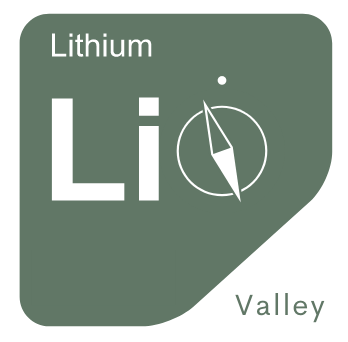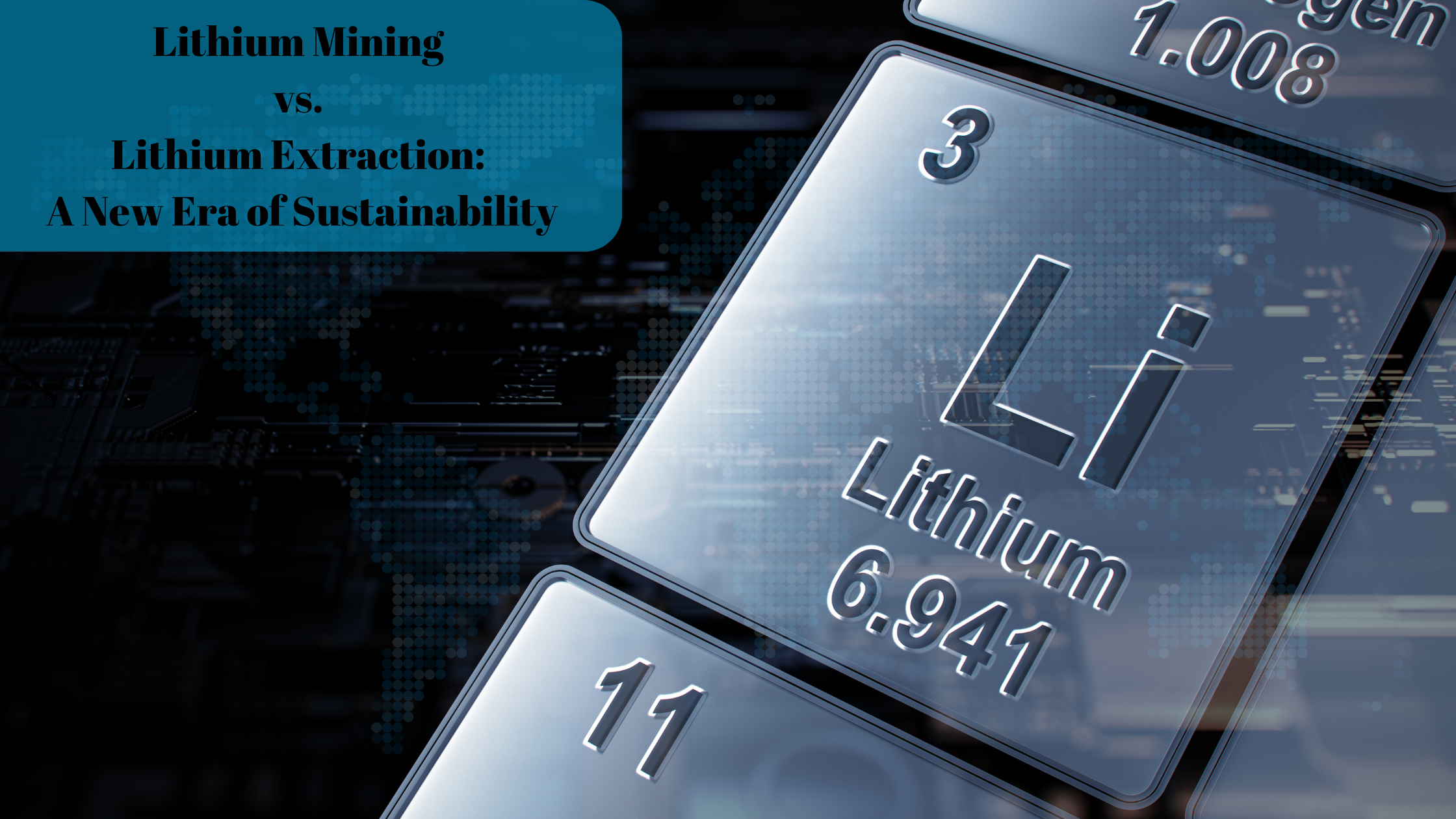From powering electric vehicles to enabling renewable energy storage, lithium plays an increasingly imperative role in greening our planet. But it is equally crucial to decipher the intricacies of lithium production – specifically, the difference between Lithium Mining and Lithium Extraction. While both processes are ways of obtaining lithium, their implications on the environment and water usage are poles apart.
Lithium Mining – The Traditional Method
Traditional Lithium Mining is similar to other forms of mining, like gold or silver. It involves digging for lithium salts via open pit or underground mining, then refining to extract pure lithium. This method, while effective, often faces backlash due to its significant environmental impact, including extensive water usage and habitat destruction.
The process begins by pumping brine solutions into evaporating ponds, where lithium salts are left behind. This slow process takes months, even years, with the risk of lithium loss through evaporation. Moreover, it requires enormous volumes of water – for instance, in Chile’s Atacama Desert, it consumes around 65% of the region’s water, disrupting agricultural practices and affecting local communities badly.
Lithium Extraction – A Sustainable Alternative
By contrast, Lithium Extraction is a disruptive, more modern technique that aims to address the environmental concerns of traditional mining. The idea is to add filtration processes to current geothermal wells, a method increasingly trialed in regions like Imperial Valley.
Geothermal wells naturally bring up lithium in brine. However, the incorporation of filtration processes allows the brine to be treated on-site, separating the lithium before the water is returned underground. This process bans the time-intensive method of evaporating the mineral-laden water in the sun.
Benefits of Lithium Extraction
1. Cleaner Process: This new technology mitigates the environmental impact associated with traditional mining practices, as it eliminates the need for open-pit mines and large evaporation ponds. Amid an era prioritizing ecological sustainability, it’s a step in the right direction.
2. Less Water Usage: Given that the process recycles the water back into the ground, there is minimal impact on local water resources – a stark contrast to the arid landscapes left behind by evaporation ponds.
3. Lower Environmental Damage: Lithium extraction reduces the ecological footprint through a less disruptive process, preserving the environment and wildlife habitats.
Closing Thoughts
The battery technology revolution has spotlighted lithium like never before, and its demand is expected to rise. While mining and extraction are two different methods of obtaining lithium, their environmental implications are starkly contrasting.
With its sustainable filtering process, lithium extraction is beginning to pave a forward-thinking path toward cleaner, more efficient, and less harmful lithium production. It’s more than just a technology shift; it’s an environmental need moving towards cleaner and sustainable energy generation.
Keep watching for updates on the exciting advancements changing the lithium industry and providing promising solutions for our energy needs and environmental goals.

